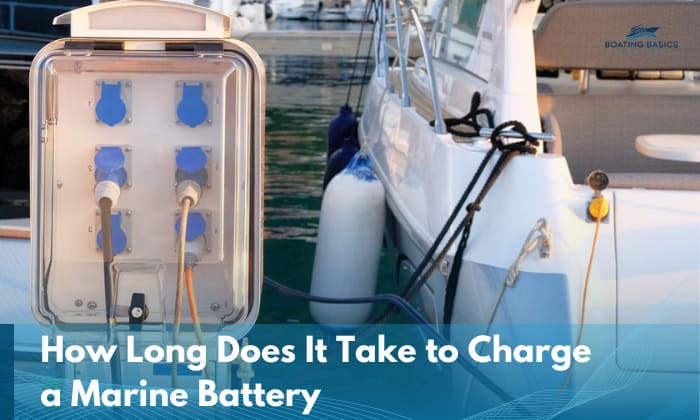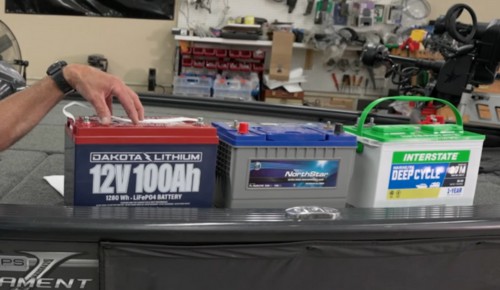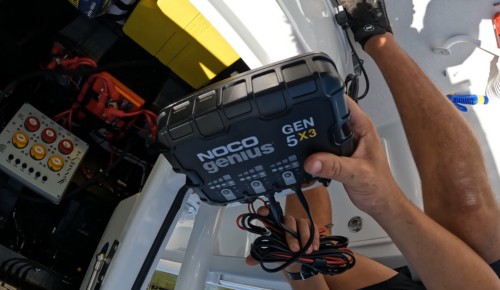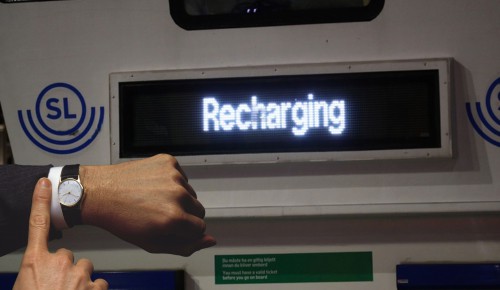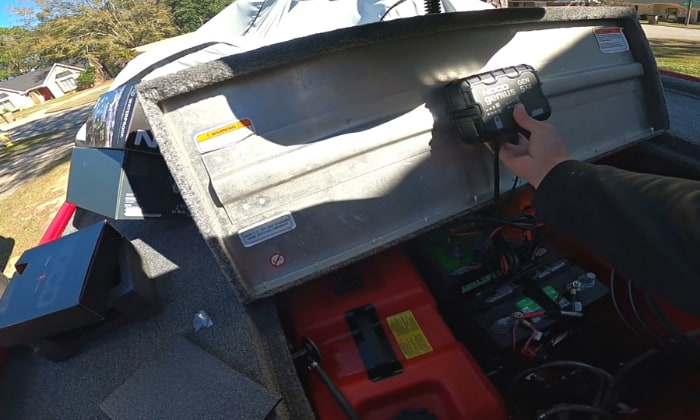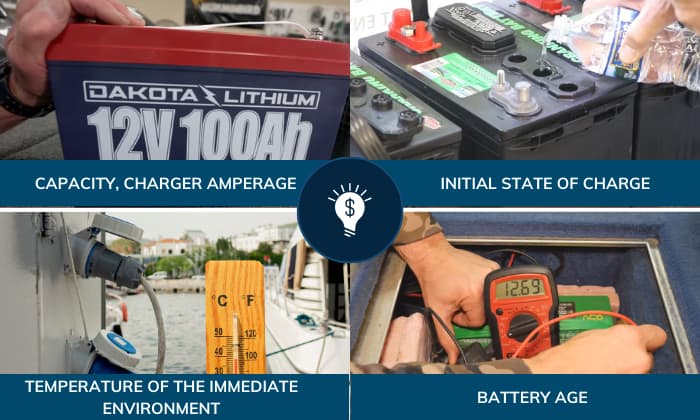There will always be boaters asking, “How long does it take to charge a marine battery?” as long as such batteries remain the most widely used in vessels. It’s well worth diving into the nitty-gritty of marine battery charging for smooth sailing.
How fast you can charge a boat battery depends on the charger’s amperage and the battery’s capacity. For charger amps of 2A to 15A and reserve capacities between 80 and 180, the time can be range from 2.5 to 33 hours.
Table of Contents
How Long Does It Take for Marine Batteries to Charge?
The range above is reasonable, considering the variations in battery capacities and charger amperage. However, you shouldn’t be surprised if you get charging times that last for more hours – even up to weeks in certain setups.
1. Charging time based on amp hour
Ultimately, you need to be aware of the battery’s exact amp hour rating to know the exact time it will take to charge. Other than that, you should also know the charging current. Once you do, you can calculate the estimated time based on the formula:
Charging Time = Battery Capacity / Charging Current
- If, for example, you have a deep cycle battery with a 100Ah rating and a 20A charging current, the charging time would be: 100 Ah / 20A = 5 hours.
- And suppose that you need to charge a 200Ah battery on a 40A current; you’d need to wait: 200 Ah/40A= 5 hours.
As the results above prove, longer charging times as a result of a higher amp hour rating can be offset by chargers with higher amperage.
2. Charging time based on reverse capacity
Reserve capacity is sometimes used instead of amp hours. Understand that both measurements (reserve capacity and amp hours) are interconnected and can be converted between each other.
- If the battery’s capacity is 160 RC and a 6A charger is used to charge it, it will take 10 hours to reach full.
- On the other hand, should we use a 10A charger to charge it, it will only need 6 hours to fully charge a battery of the same type.
- Suppose you have a trolling motor battery with 50 Ah; it may take around 5 hours for it to charge with a 10A charger.
Chargers with higher amperages will pump more current into the battery, and will thus need a shorter time to recharge the latter. Of course, the figures shared above assume that the battery will be charged from a state of virtually zero charge.
3. Average charging time
Considering the average charging time for most products and setups, we can narrow the range to 4 to 6 hours. This is especially true in products rated for 40A with 10A for each bank.
- Compare this to other chargers with different amperages, such as:
- A 5 amps per bank charger, which takes 10 to 12 hours to reach full.
Or a 15 amps per bank charger that needs only 3 hours to achieve the same.
There’s also the fact that if the battery still has a charge, you’ll definitely be able to shorten the charging time.
On the whole, I understand why some owners don’t mind having a slow battery charge time since many subscribe to the belief that charging with fewer amps is better. It doesn’t “stress out” the battery or cause it to overheat.
Regarding Trickle Chargers
Moreover, a standard 12-volt deep cycle battery will also have a trickle charge option, while others function solely as trickle chargers with low amperages (as low as 1 to 3 amps). These are important to discuss since they tend to charge slowly.
Essentially, it involves deliberately lowering the charging rate to prevent overcharging and undercharging. The downside is it often takes a far longer time. In fact, it’s generally recommended to leave deep-cycle batteries trickle charging for a whole 24 hours.
By no means do the charging times remain constant for every marine battery, though, since there are numerous factors that affect it, as I’ll explain in the second section that follows.
Factors Affecting Charging Time
1. Capacity and Charger Amperage
Rechargeable batteries with a higher reserve capacity or amp hour rating will typically take longer to get full unless you use a charger with a high amperage. The upside of higher capacities is that these batteries tend to last longer.
2. Initial State of Charge
If the battery has only been partially depleted, it will take a shorter time to charge compared to one that has been completely drained.
3. Temperature of the Immediate Environment
Temperature significantly affects battery discharge speed. Folks who go through cold winters may have to put up with slower charging due to low chemical activity in lithium-ion batteries.
In most cases, the atmospheric temperature should only hover at 25 degrees Celsius to charge optimally.
4. Battery Age
Most batteries lose their capacity over time. Once they do so, they’ll likely take a shorter amount of time to fully charge until they inevitably fail to function altogether.
Lastly, do take note that, other than amperage, you can’t overlook marine battery voltage since there are exact voltage values that usually reveal whether the battery has been fully charged properly or not.
For instance, it shouldn’t register anything lower than 12.6 volts when tested with a multimeter.
Conclusion
I hope I was able to provide a detailed answer to a question admittedly as generalized as “How long does it take to charge a marine battery?”
The best way to know this is to find out the exact important values above, like the battery’s amp hour rating and charger’s amperages.
Don’t hesitate to ask the manufacturer about this information or the exact charging time of their product if the opportunity presents itself.

“My intention from the first day establishing Boating Basics Online is to provide as much help as possible for boaters who want to experience a first safe and convenient trip. So feel free to join us and share your beautiful journeys to the sea!”

